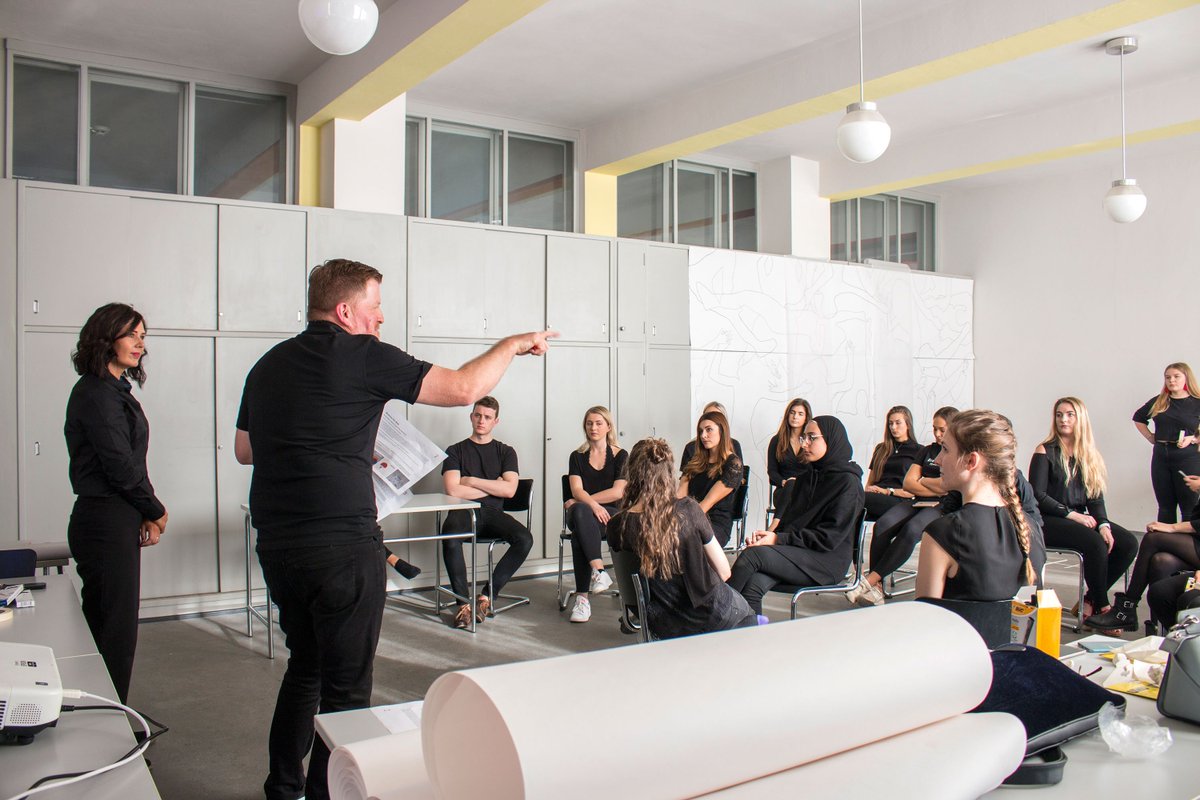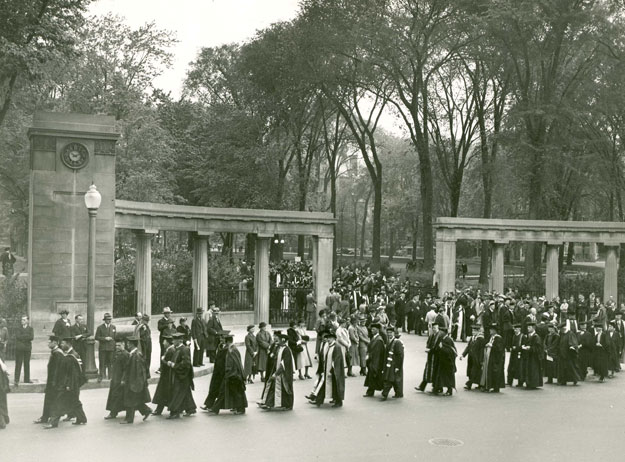BLACK IS THE NEW BLACK
When I went to school in England in the fifties we were obliged to wear blue blazers with the school crest. I came across this photo of a class of the Interior Design Department of Northumbria University taken in the Bauhaus building in Dessau. Apparently strict dress codes still apply, and are followed by instructors as well as students, and are even extended to hijabs. Gropius would be pleased.








